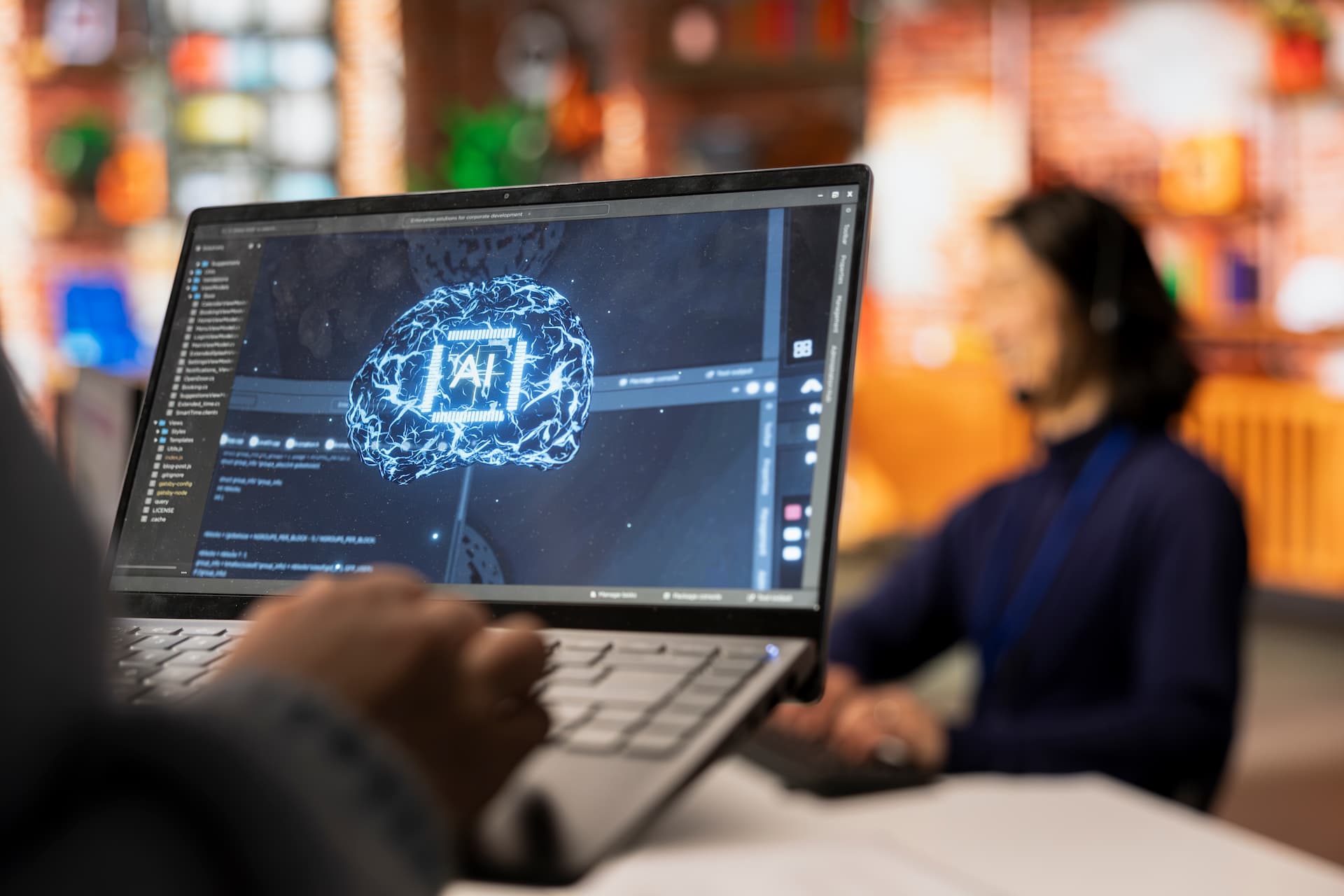India has scrapped its order mandating smartphone manufacturers to pre-install the state-run Sanchar Saathi cyber safety app. The directive, which faced widespread criticism, had raised concerns over privacy and potential government surveillance.
Smartphone makers, including Apple and Samsung, reportedly resisted the order, highlighting that it was issued without prior consultation and challenged user privacy norms. The government argued the app was necessary to verify handset authenticity.
So far, the Sanchar Saathi app has attracted 14 million users, reporting around 2,000 frauds daily, with a sharp spike of 600,000 new registrations in a single day. Despite these figures, the mandatory pre-installation rule provoked intense backlash from cybersecurity experts and digital rights advocates.
India’s Minister of Communications, Jyotiraditya Scindia, dismissed concerns about surveillance, insisting that the app does not enable snooping. Digital advocacy groups welcomed the withdrawal but called for complete legal clarity on the revised Cyber Security Rules, 2024.
Would you like to learn more about AI, tech, and digital diplomacy? If so, ask our Diplo chatbot!










